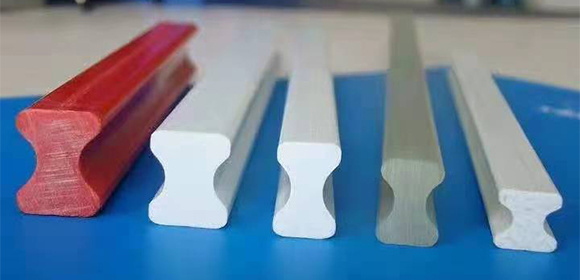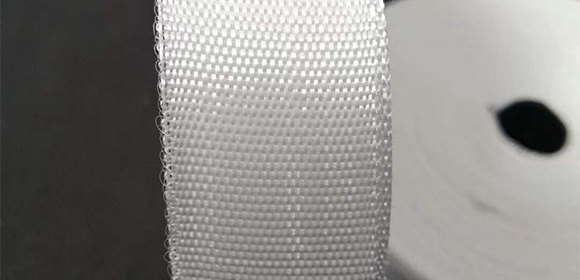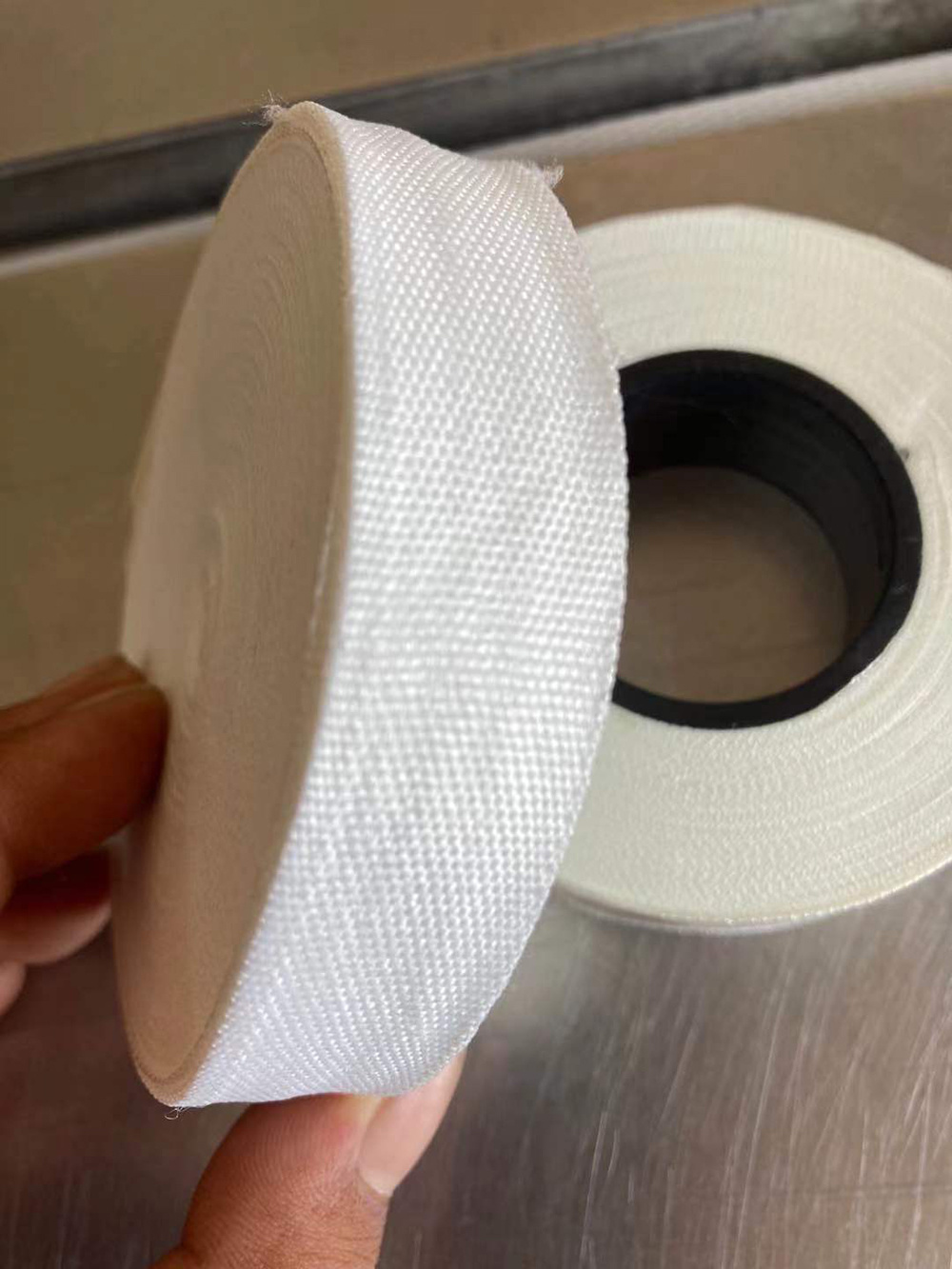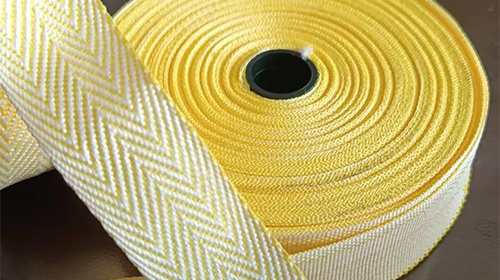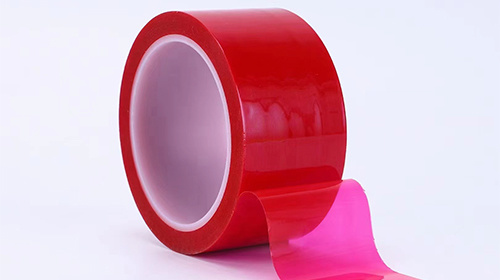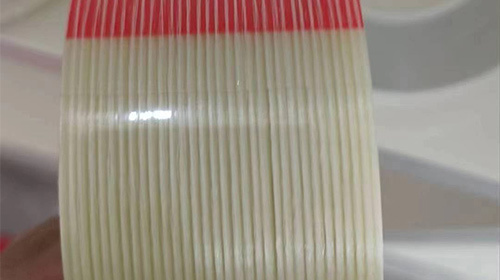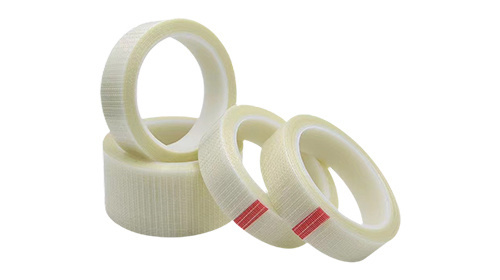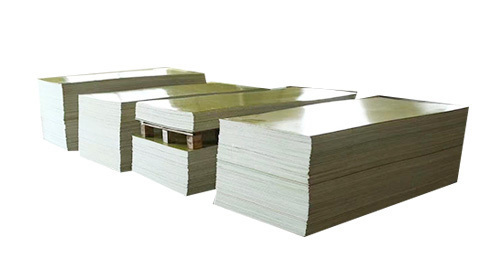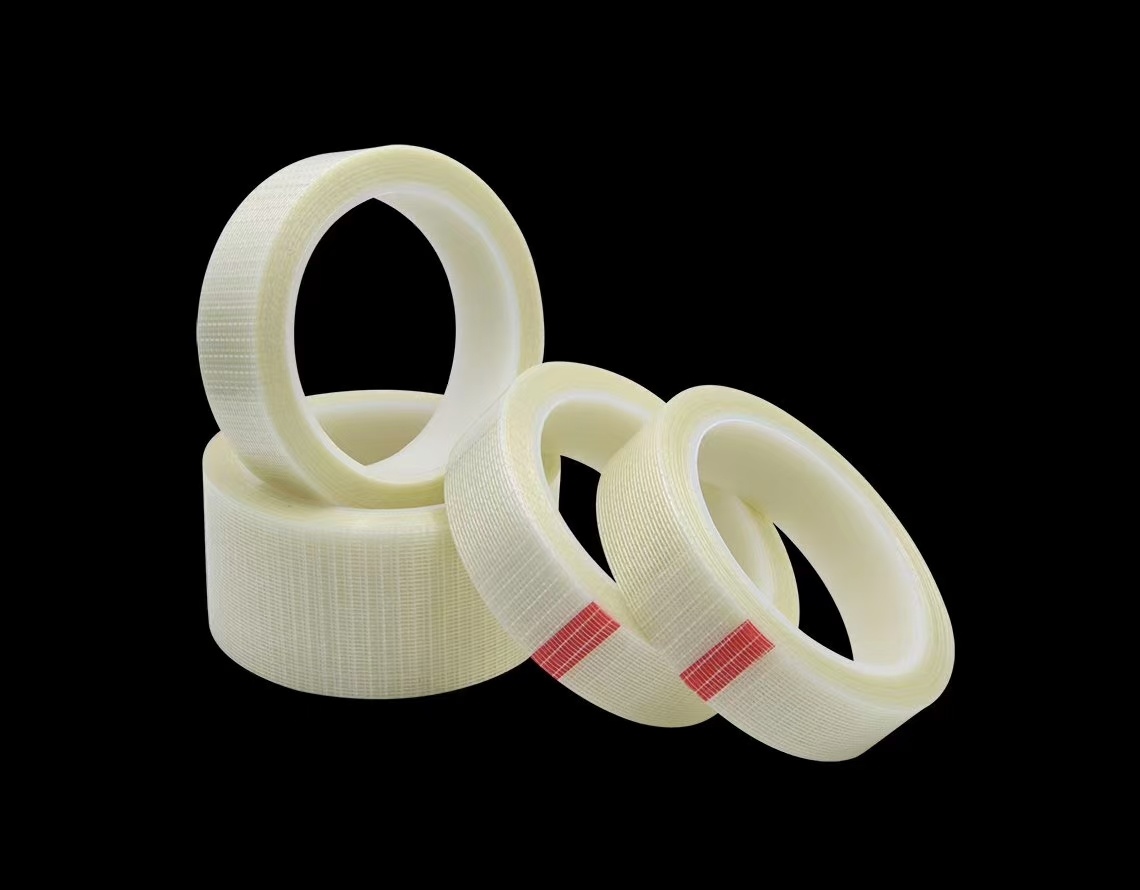Nomex Paper: The Ideal Choice for Durable Electrical Insulation
Introduction to Nomex Paper as Electrical Insulation
When it comes to electrical insulation, selecting the right materials is paramount. **Nomex paper** stands out as a premier choice, offering unparalleled durability and performance. This specialized insulation material is renowned for its unique properties that make it ideal for various electrical applications. In this article, we will explore w
Introduction to Nomex Paper as Electrical Insulation
When it comes to electrical insulation, selecting the right materials is paramount. **Nomex paper** stands out as a premier choice, offering unparalleled durability and performance. This specialized insulation material is renowned for its unique properties that make it ideal for various electrical applications. In this article, we will explore what Nomex paper is, its key characteristics, benefits, and various applications in the electrical industry.
Understanding Nomex Paper
Nomex paper is a type of insulation material manufactured from **aramid fibers**, known for their strength and resistance to high temperatures. It was first developed by **DuPont** in the 1960s and has since been widely adopted across multiple industries, particularly in electrical applications. The structure of Nomex paper allows it to withstand extreme conditions, making it an ideal choice for insulation in electric motors, transformers, and other high-voltage equipment.
Key Characteristics of Nomex Paper
Nomex paper possesses a range of characteristics that contribute to its exceptional performance:
1. High Thermal Resistance
Nomex paper can endure temperatures exceeding **200°C (392°F)** without compromising its integrity. This high thermal stability makes it suitable for applications where heat is a significant factor.
2. Excellent Dielectric Properties
With a high dielectric strength, Nomex paper effectively resists electrical breakdown, ensuring reliable insulation for electrical components. This property is crucial in maintaining the safety and efficiency of electrical systems.
3. Chemical Resistance
Nomex paper is resistant to various chemicals and solvents, allowing it to maintain its performance even in harsh environments. This characteristic is vital for applications in industries where exposure to chemicals is common.
4. Lightweight and Flexible
Despite its strength, Nomex paper is lightweight and flexible, making it easy to handle and install. This flexibility also allows it to conform to various shapes, ensuring comprehensive insulation coverage.
5. Eco-Friendly and Sustainable
Nomex paper is made from renewable resources and is fully recyclable, making it an environmentally friendly choice for electrical insulation. This sustainability aspect is increasingly important for companies seeking to minimize their ecological footprint.
The Advantages of Using Nomex Paper for Electrical Insulation
Choosing Nomex paper for electrical insulation comes with a host of advantages:
1. Enhanced Durability
Nomex paper's robust properties ensure long-lasting performance, reducing the need for frequent replacements. This durability translates to lower maintenance costs and higher reliability in electrical systems.
2. Improved Safety
By providing effective insulation against electrical shock and arcing, Nomex paper enhances the safety of electrical systems. This is particularly critical in high-voltage applications where the risk of electrical hazards is significant.
3. Versatile Applications
Nomex paper is versatile, suitable for a wide array of electrical applications, from motors and generators to transformers and circuit boards. This adaptability makes it a preferred choice for manufacturers across various sectors.
4. Cost-Effectiveness
While the initial investment in Nomex paper may be higher than traditional insulation materials, its longevity and performance often result in lower overall costs. The reduction in maintenance and replacement expenses enhances its cost-effectiveness over time.
5. Compliance with Industry Standards
Nomex paper meets or exceeds many industry standards for electrical insulation, ensuring reliability and quality. This compliance is essential for manufacturers aiming to uphold safety and performance benchmarks.
Applications of Nomex Paper in Electrical Systems
Nomex paper's unique properties enable its use in various electrical applications:
1. Motors and Generators
Nomex paper is widely used in the insulation of motors and generators, where high temperatures and electrical stress are common. Its thermal resistance ensures these critical components operate efficiently over time.
2. Transformers
In transformers, Nomex paper serves as insulation between windings and core materials. Its excellent dielectric properties help maintain electrical integrity, preventing short circuits and enhancing overall performance.
3. Circuit Boards
Nomex paper is also utilized in the production of circuit boards, providing necessary insulation to prevent electrical interference and ensure functionality in various electronic devices.
4. Cables and Wires
The flexibility and lightweight nature of Nomex paper make it an ideal choice for insulating wires and cables, ensuring safe and reliable transmission of electrical energy.
5. Aerospace and Automotive Industries
Nomex paper's durability and resistance to extreme conditions make it suitable for applications in the aerospace and automotive industries, where safety and performance are paramount.
Comparing Nomex Paper with Other Insulation Materials
When evaluating insulation materials, it's essential to compare Nomex paper with other commonly used options:
1. Polyimide Films
While polyimide films offer high thermal resistance similar to Nomex paper, they may lack the chemical resistance and flexibility that Nomex provides. Additionally, Nomex paper is often more cost-effective in specific applications.
2. Fiberglass Insulation
Fiberglass insulation is widely used for its low cost; however, it lacks the high thermal and dielectric properties of Nomex paper. This makes Nomex a more suitable choice for high-performance electrical applications.
3. Rubber-Based Insulation
Rubber insulation is flexible but can degrade under high temperatures and exposure to certain chemicals. In contrast, Nomex paper maintains its integrity and performance even in challenging conditions.
Installation and Handling of Nomex Paper
Proper installation and handling are crucial to maximizing the benefits of Nomex paper:
1. Preparation of Surfaces
Before installing Nomex paper, ensure that surfaces are clean, dry, and free from contaminants. This preparation helps achieve optimal adhesion and performance.
2. Cutting and Shaping
Use appropriate tools to cut Nomex paper to the desired shape and size. Its flexibility allows for easy manipulation, ensuring a snug fit during installation.
3. Securing the Insulation
Employ suitable adhesives or fasteners to secure Nomex paper in place. Ensuring a tight seal helps maintain insulation integrity and enhances overall performance.
4. Regular Inspection
Conduct regular inspections of installed Nomex paper to identify any signs of wear or damage. Early detection of issues can prevent potential failures in electrical systems.
Frequently Asked Questions (FAQs)
1. Is Nomex paper waterproof?
Nomex paper is not inherently waterproof, but it is resistant to moisture. Proper sealing and installation can enhance its performance in damp environments.
2. Can Nomex paper be used in high-voltage applications?
Yes, Nomex paper is highly suitable for high-voltage applications due to its excellent dielectric properties and capacity to withstand electrical stress.
3. How does Nomex paper compare to traditional insulation materials?
Nomex paper offers superior thermal resistance, dielectric strength, and durability compared to traditional insulation materials, making it a preferred choice for demanding applications.
4. Is Nomex paper environmentally friendly?
Yes, Nomex paper is made from renewable resources and is fully recyclable, making it an eco-friendly option for electrical insulation.
5. What is the lifespan of Nomex paper in electrical applications?
The lifespan of Nomex paper varies based on application and environmental conditions, but its durability often results in extended service life compared to other insulation materials.
Conclusion
In summary, **Nomex paper** has proven to be an exceptional choice for electrical insulation, thanks to its remarkable properties and versatility. Its high thermal resistance, excellent dielectric strength, and eco-friendly nature make it the ideal choice for various applications in the electrical industry. By selecting Nomex paper, manufacturers can ensure enhanced durability, improved safety, and long-term cost-effectiveness in their electrical systems. As industries continue to evolve, Nomex paper remains a reliable and innovative solution for modern electrical insulation needs.






